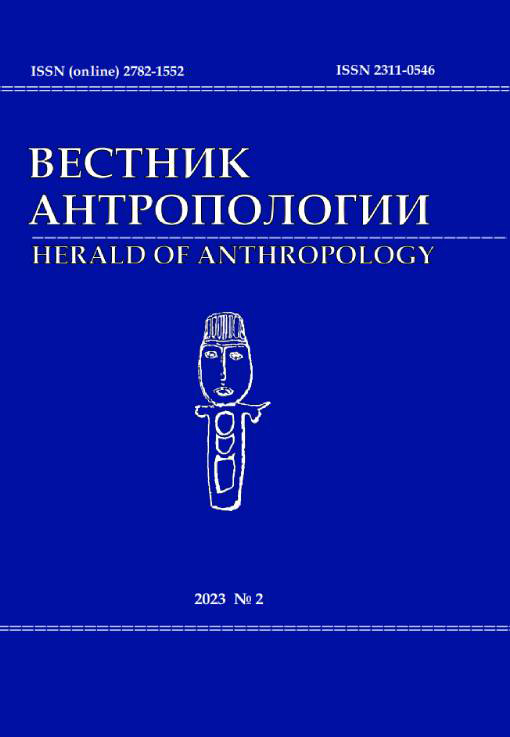Духоборцы в Лифляндии: жизнь в ссылке и освобождение
DOI: 10.33876/2311-0546/2023-2/141-156
Ключевые слова:
духоборцы, религиозное инакомыслие, законодательство, ссылка, Лифляндская губернияАннотация
Статья посвящена изучению истории ссылки представителей секты духоборцев в Лифляндскую губернию на о. Эзель и в Динаминдскую крепость в конце XVIII в. Документы, извлеченные из архивов России, Эстонии и Украины, позволяют всесторонне показать ссылку как репрессивную меру, широко использовавшуюся государством в XVIII в. для решения проблем, связанных с религиозным инакомыслием. На примере духоборцев рассмотрены все этапы применения ссылки, начиная от совершения преступления, которое заключалось в антицерковных и антигосударственных высказываниях, в организации «сборищ», совращении в духоборческую веру православных, и последующей деятельности российской пенитенциарной системы. В статье показаны экономические и бытовые стороны жизни ссыльных духоборцев, особенности их поведения, взаимоотношения с местным начальством. Автор обратил внимание на те аспекты законодательства и правоприменительной практики, которые были нацелены не только на наказание, но и на исправление и возвращение вероотступников в лоно православной церкви, игравшей важную роль в этом процессе.






















